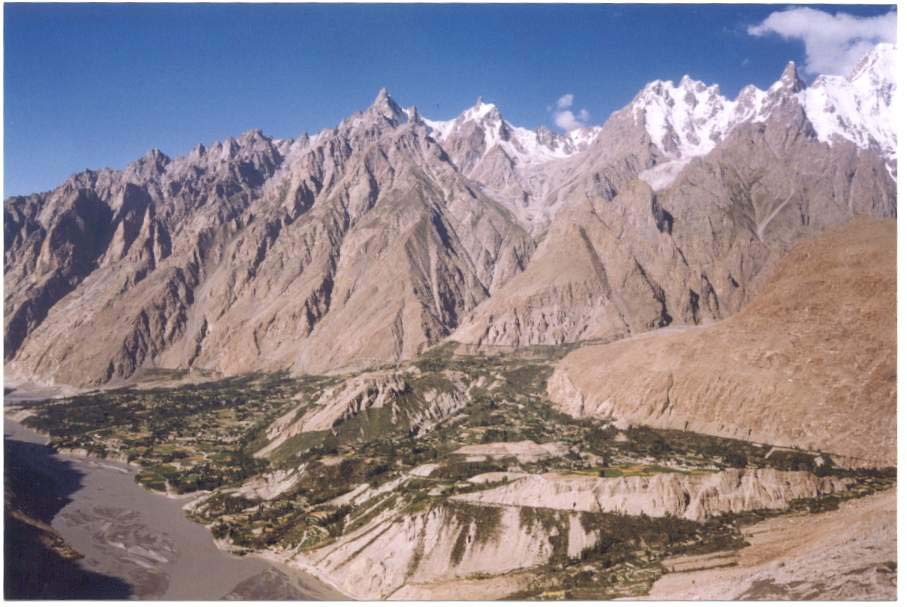|
CENTRAL PLACE THEORY
According to Christaller (1933), " A central place is an area which provides goods and services to surrounding area or complementary area. Central place is a settlement, which performs central function and serves to the surrounding hinterland.
The basic element of central place according to Christaller was that such a place should be a source of goods and services to an area larger then itself.
In the theory threshold population, which is a minimum requirement to support an economic activity running successfully. Below certain threshold population that activity will be not profitable and will run in loss.
According to this theory, Girls College in Murkhoon is not remunerative there, because the required minimum population needed to run that college is not sufficient. Because Moorhoon's village population is not supporting the minimum requirement of that college.
According to this field survey Gulmit is the largest village in Gojal (Upper Hunza) by size and population. Its population is more than two thousand. Gulmit plays a central role in provision of goods and services to neighboring villages and also provides some specialized services to entire Gojal, which consists of about 25 villages. The second higher center is Aliabad Hunza, and the next largest center is Gilgit, which provide large market and various specialized services to different valleys, Hunza, Nager, and Ghizer.
There are four nearest villages located in its complementary area are:
Ghulkin, Nazeemabad, Hussaini, and Passu.

|
|
|

